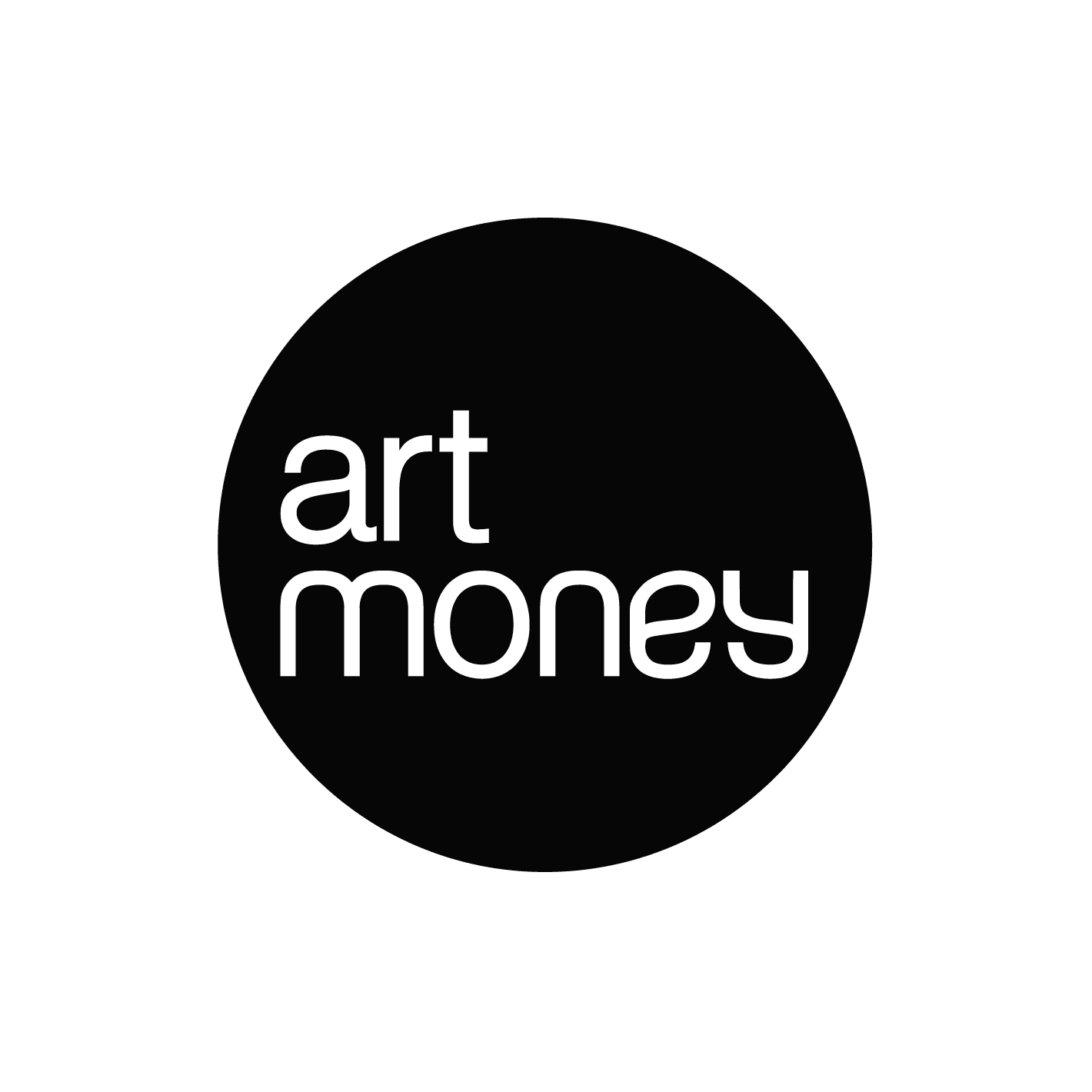Alastair Gordon’s most recent exhibition Without Borders, curated by John Silvis, is featured in Aleph Contemporary’s virtual gallery July 1 - July 15, 2020 and on Artsy online platform July 16 - July 30, 2020. Gordon’s new paintings are informed by his ongoing investigation of the collage medium in the privacy of his studio and vast archive of sketchbooks. He states that the genesis of this new direction manifested itself in the form of a question: “What would I make if I didn’t have the pressure of an exhibition deadline or the expectations of art collectors?” Enter the reality of new normal—the Covid-19 lockdown and social distancing rules provided unprecedented time in the studio—prompted him to take fresh liberties with his work. The paintings that materialized from this exercise push the collage process front and center, making it the definitive aesthetic of these complex and raw paintings. The directness of the frenetic mark-making, applied fragments of drawings and oil paint, astutely captures the experience of shifting realities amidst a global pandemic. The images in Without Borders began two years ago during a trip to Calais, France, where he led workshops for refugee artists in the Jungle Camp. Working with rudimentary art materials and the detritus of the refugee shelter, his collages transmitted the energy of this context. By tearing up older works and re-imagining an unscripted approach to painting, his collage paintings are imbued with a poignant immediacy. A fundamental component of this new direction for Gordon is his expanded selection of substrates to work on: board, panel, paper, as well as canvas. His application of the collage technique transforms papers, artefacts, paint and residual materials, that become woven into the conception of the paintings from the start. While the layers and textures of the new work may seem to be a stark departure from his expected, meticulously rendered and sophisticated oil paintings, his practice has always been rooted in collage. There is also a philosophical link between collage and quodlibet painting, the latter of which has offered him a fecundity of reference points for the pinned or taped objects on wood panels. Driven by the free association of collage, his layered compositions similarly challenge the nature of perception by adding multiple types of artefacts to the picture plane. The interplay of the tactile surfaces and the illusion of painted objects, re-contextualizes the subject beyond its representation and becomes integrated into the fabric of the painting.
The largest painting in the exhibition, Thorn in the Flesh (2020), represents a shift in scale from the intimacy of his smaller paintings The painting successfully incorporates all the methodologies of Gordon’s oeuvre; It is constructed on the surface of a representational painting on canvas, that presents us with a birds eye view of his studio floor. It is a juxtaposition of high and low art—his references to the history of painting, discarded materials, as well as the eerie depiction of a sullied teddy bear, accept the notion that competing ideas and emotions can collide to create beauty. As a collection, the series of paintings viscerally embodies a poetic protest—exposing the intensity of the creative struggle and the artists necessity to relinquish control. The titles of the paintings are taken from T. S. Eliot’s poem The Wasteland, which functions as a collage of five narratives summarizing the tensions of the contemporary landscape: feelings of anxiety and isolation. Mirroring the trauma of a pandemic spiralling out of control, the fluidity of Gordon’s paintings succinctly communicate the state of flux we find ourselves in.

